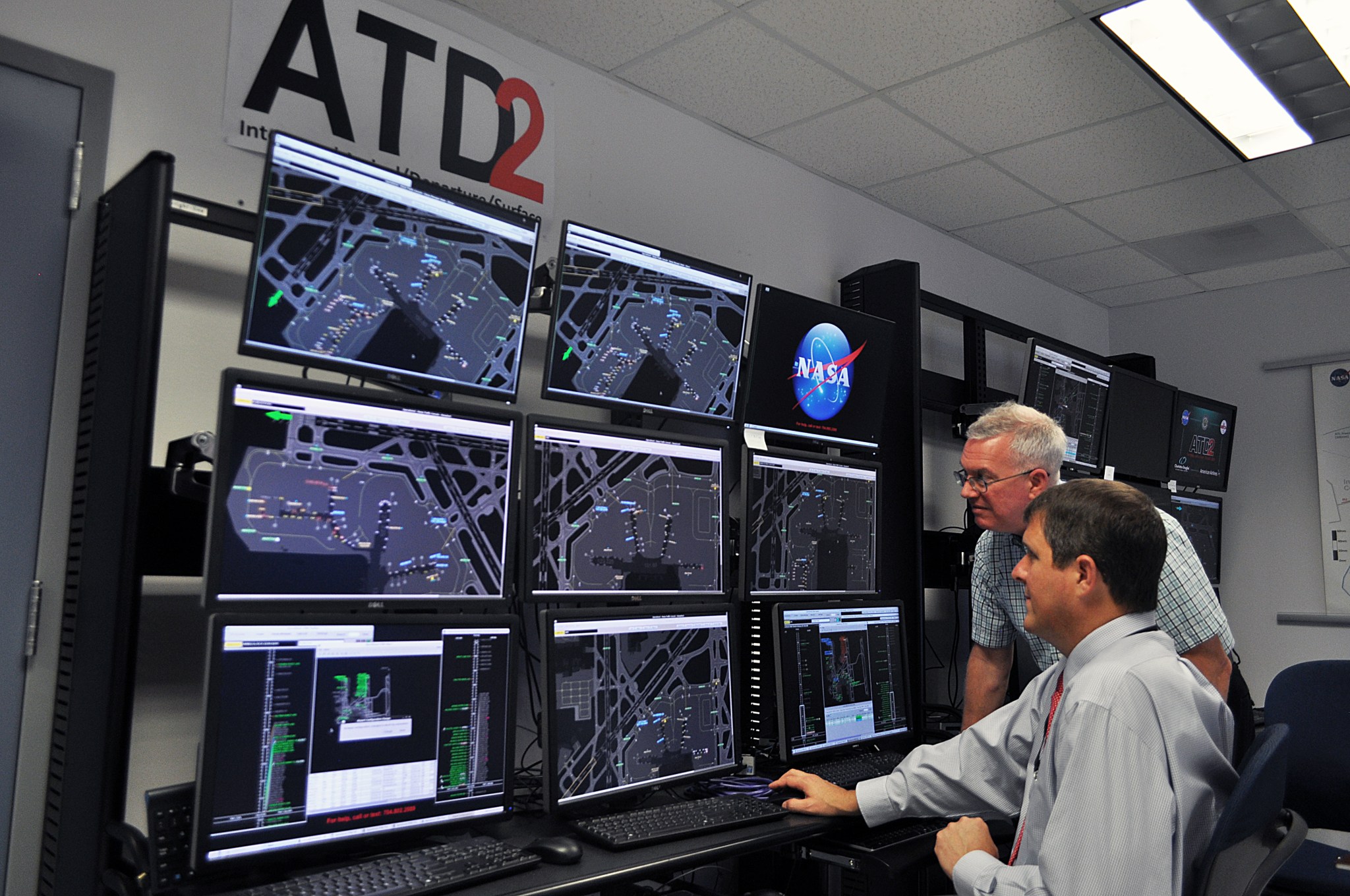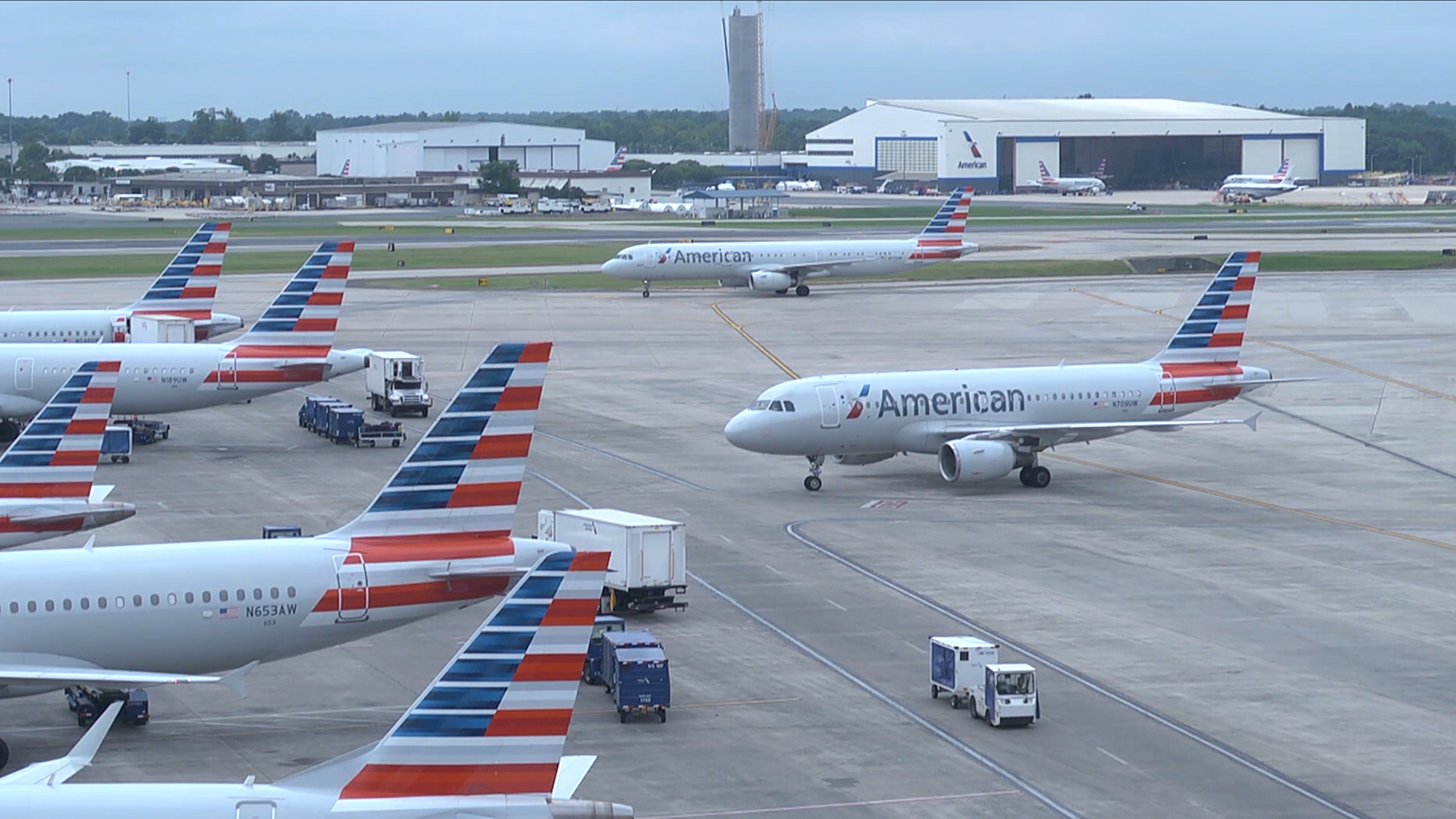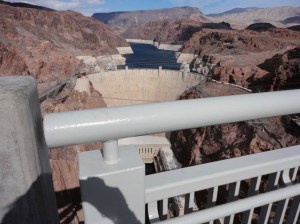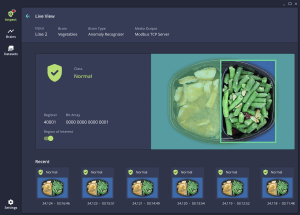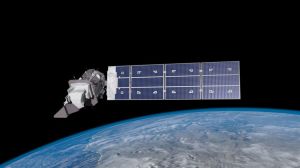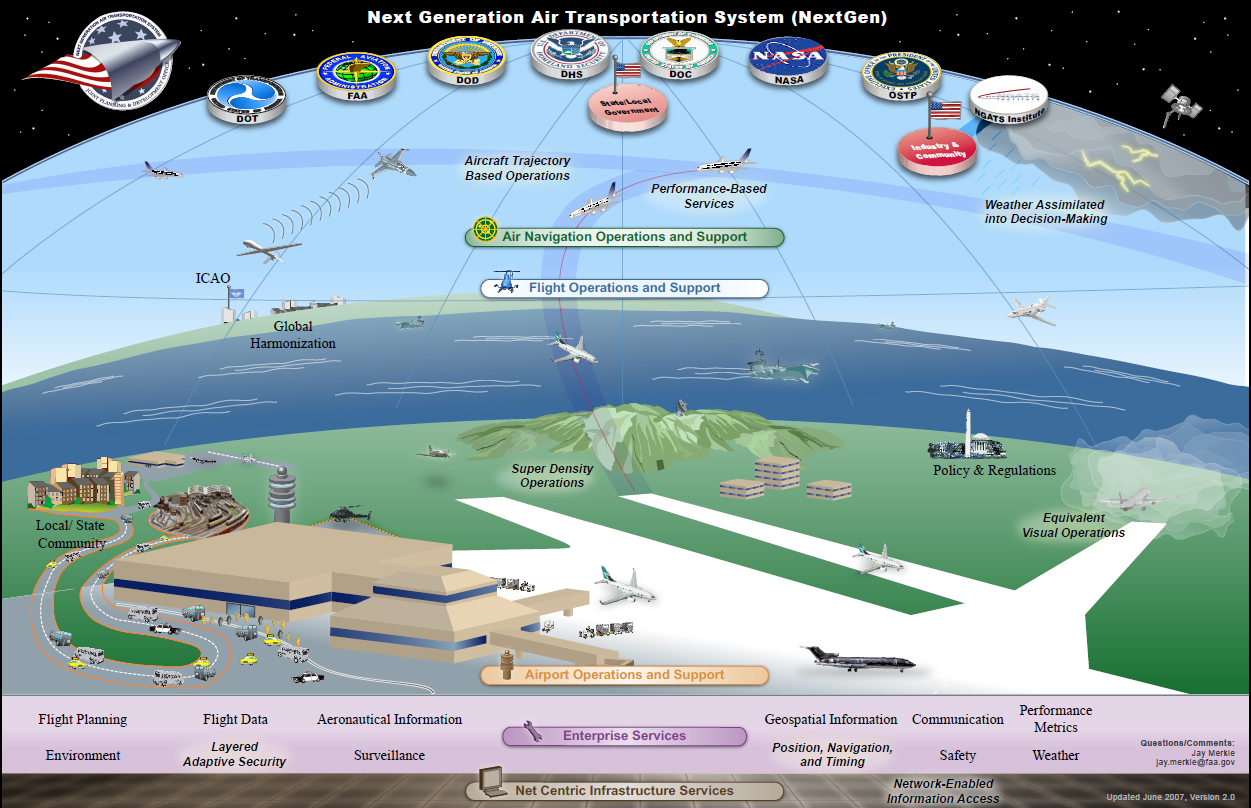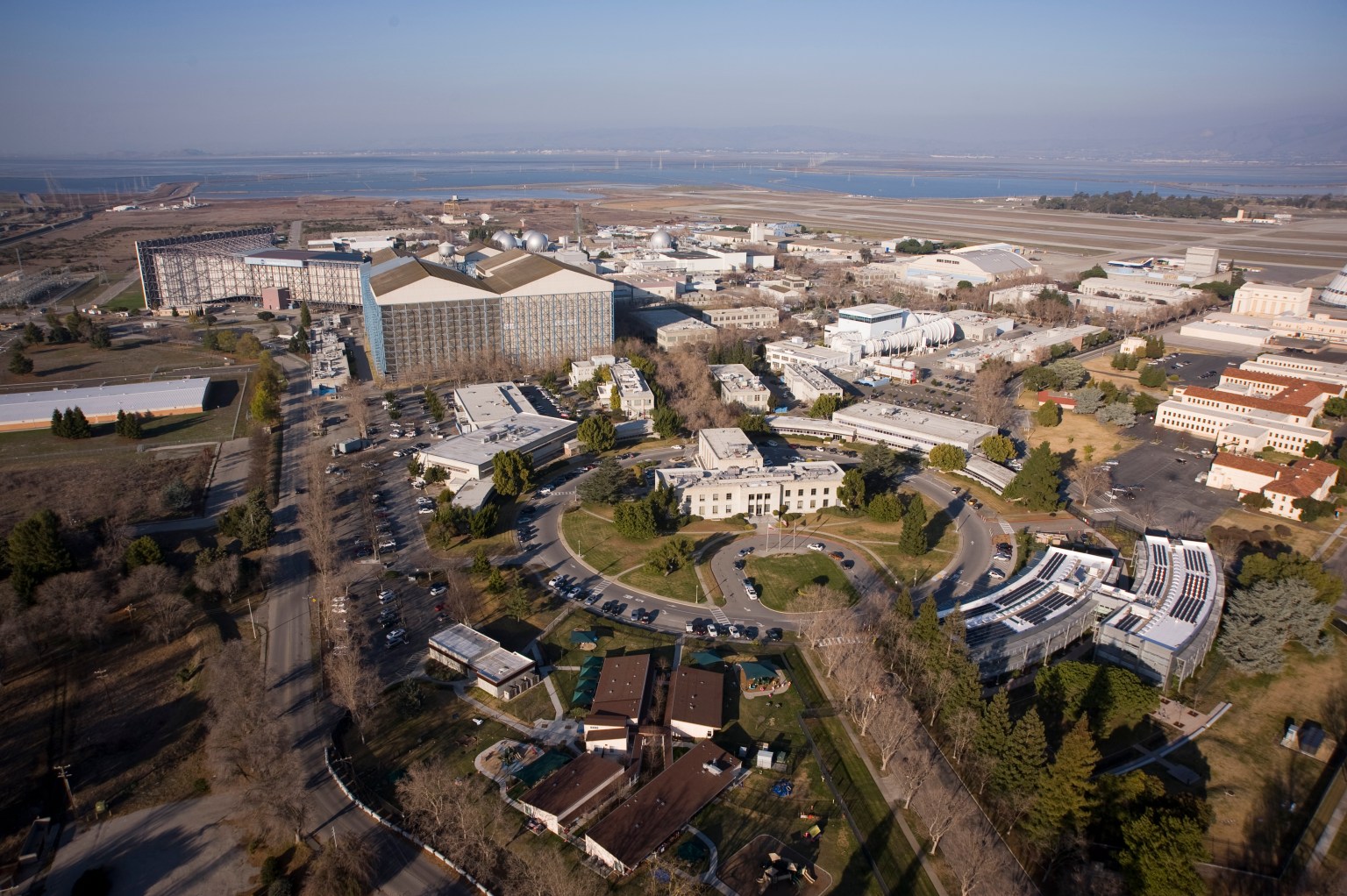

3 min read
Preparations for Next Moonwalk Simulations Underway (and Underwater)
If every commuter drove the same few roads at the same time every day, the traffic would be unbearable. That’s exactly what’s happening in the skies above the nation, known as national airspace (NAS). Multiple flights from different airlines try to use the most direct flight paths, converging on the same airports. With limited runway space, that causes jumbo-sized traffic congestion.
“The majority of uncertainty in the NAS can be attributed to surface operations, and in particular, uncertainty related to when a flight will be available to push back from the gate,” said Jeremy Coupe of NASA’s Ames Research Center in Silicon Valley, California. To help develop a solution, NASA Ames focused on how to improve managing traffic on the ground and scheduling departures.
Working with the Federal Aviation Administration (FAA), commercial airlines, and airports, NASA developed and tested a new program to manage airport traffic on the ground – the Integrated Arrival, Departure, and Surface (IADS) system. In 2022, the FAA began incorporating this system’s capabilities at 27 of the busiest airports in the country.
Just as a traffic officer can prevent gridlock at a busy intersection, IADS is designed to prevent similar traffic tangles. The first test site for the program development was Charlotte Douglas International Airport in North Carolina, the second-busiest airport on the East Coast with only three runways. About 75% of those are connecting flights.
Before IADS, one challenge the airport faced was a technology mismatch – the airport’s control tower used one software program and ground management used a different one, with no way to integrate them. A phone call was the most common way to notify each other about changes or problems. With approximately 115 aircraft on the ground at any time, a delay in communication could create complications. A plane leaving the gate before being notified of a delay could result in several planes waiting in line at the runway.
“Knowing that you’re going to get where you need to go when the airline says it’s going to deliver you is what people stress about when they’re traveling, especially if they’re trying to make connections in an airport like Charlotte,” said Lee Davis, communications director for the airport. Many factors, including weather, influence timeliness, but making ground operations run predictably is fundamental.
With near real-time data related to on-time departures and delays, airlines can actively address issues related to connections for crew, customers, and cargo. Whether it’s in space or the skies above, NASA innovations continue to make travel more efficient.
